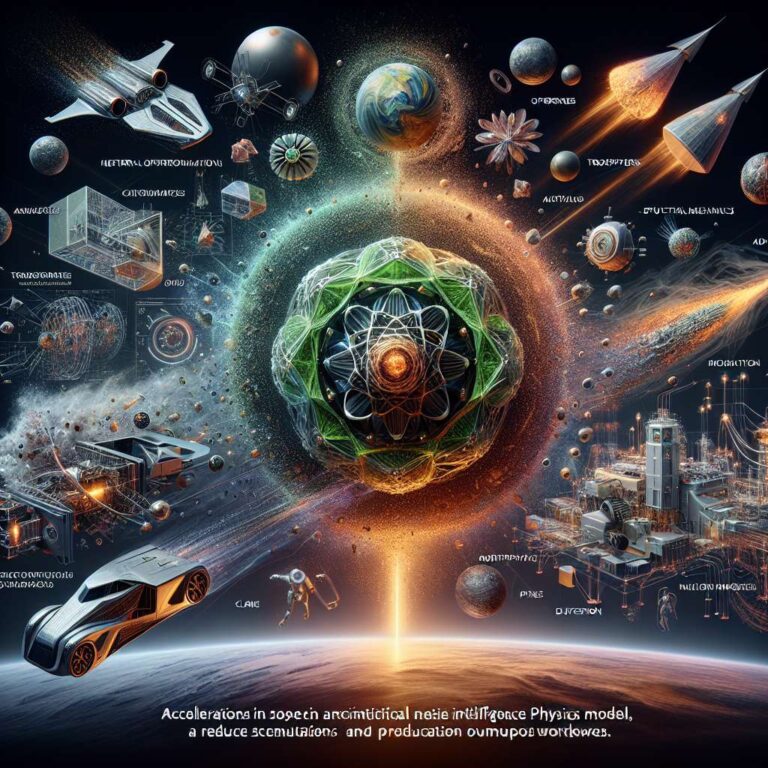NVIDIA unveiled Apollo, a family of open Artificial Intelligence physics models aimed at accelerating industrial and computational engineering workloads. The announcement at SC25 in St. Louis presents models that are physics optimized for scalability, performance and accuracy and that target domains such as electronic device automation and semiconductors, structural mechanics, weather and climate, computational fluid dynamics, electromagnetics and multiphysics.
The Apollo family combines advances in Artificial Intelligence physics with domain knowledge and best-in-class machine learning architectures, including neural operators, transformers and diffusion methods. NVIDIA will publish pretrained checkpoints and reference workflows to support training, inference and benchmarking, enabling developers to integrate, fine-tune and customize models for specific simulation pipelines. Apollo models are intended to serve as surrogates and real-time components for existing simulation software and will be available through build.nvidia.com, Hugging Face and NVIDIA NIM microservices.
Industry partners are already lining up to train and deploy Apollo models. Applied Materials reported up to 35x acceleration in modules of its ACE+ multi-physics software using NVIDIA GPUs and CUDA, and has used surrogate models to enable near-real-time flow, plasma and thermal modeling. Cadence used high-fidelity CFD datasets to train models for a real-time digital twin of a full aircraft. LAM Research, KLA, Northrop Grumman, Siemens, Synopsys, Rescale, PhysicsX and others plan to adopt Apollo for tasks ranging from plasma reactor simulation and nozzle design to speeding up fluid simulation runtimes by orders of magnitude. The suite aims to let engineers explore larger design spaces faster while preserving fidelity of first-principles simulations, with the goal of accelerating product development and operational decision making across multiple industries.

